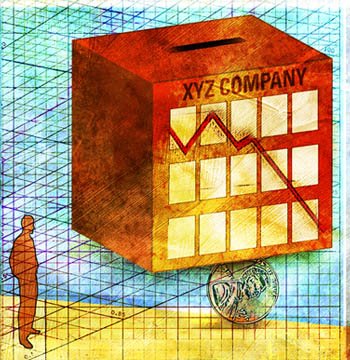
Posted by Shu Zheng
Chapter 11 bankruptcy is a form of bankruptcy available to individuals, corporations, and partnerships. There is no limit on the amount of debt, and it is usually used by large corporations. Corporations use chapter 11 bankruptcy to recognize its business and try to become profitable again. Once chapter 11 is filed, management can still continue to run the day-to-day operation, but all significant business decisions have to be approved by bankruptcy courts. Companies still file Sec reports with about information of significant developments. Investors who take the least risk are paid the first; thus, bondholders have greater chance to recover losses than stockholders.
The following are some of the largest chapter 11 bankruptcies in history:
· Lehman Brother Holding Inc
· Washington Mutual
· WorldCom Inc
· Enron Corp
· Delta Air Lines, Inc
· Circuit City
Comparing with chapter 7 and 13 bankruptcy, chapter 11 is considered the most flexible one. Its flexibility makes it generally more expensive to the debtors. Therefore, the rate of successful chapter 11 bankruptcy is relatively low among all chapters.
Some critics about chapter 11 is that for the companies operating under chapter 11 protection, they would have advantages over the competitors, which can result in over-capacity industry and further harm overall business competition. Also, it can reduce the economic value of collaterals and increase cost of secured lending.
Sources:
http://en.wikipedia.org/wiki/Chapter_11,_Title_11,_United_States_Code
http://www.sec.gov/investor/pubs/bankrupt.htm
http://www.moranlaw.net/chapter11.htm
No comments:
Post a Comment